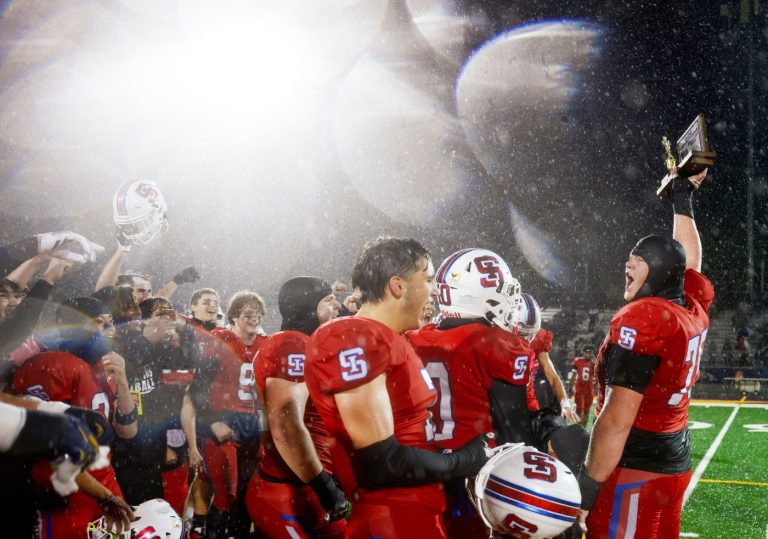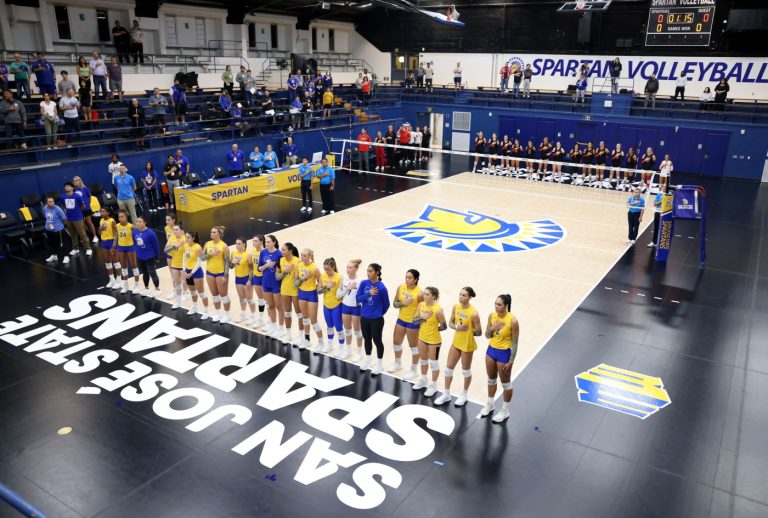In the insurance business, there are different kinds of black boxes. One is literally a small black box usually inserted into a car’s electronic system that records exactly how a driver behaves and handles the car and then sets insurance prices based on that information. Only the insurance company sees what the box contains.
Related Articles
Elias: Gov. Newsom’s move on fentanyl antitode all anyone can ask of governor
Elias: California taxes funding college protest classes of dubious value
Elias: Ruling negates California’s 2021 housing law if upheld on appeal
Then there’s the other kind of black box, this one figurative, in which computer models of possible future catastrophes are hidden away from public sight but also used to set insurance rates — in this case based not on facts but rather on estimates of future weather and other variables.
One kind of black box contains definite, solid information; the other pure guesswork by climate scientists and insurance actuaries. It’s this second type of black box that California Insurance Commissioner Ricardo Lara seeks now to impose on all California property owners.
The computer modeling in this kind of black box amounts to sheer theory and almost certainly would force millions of California homeowners and businesses to pay billions more dollars to insurers. Yes, there would still be public comment on the process, but it would be meaningless so long as the black box models and the data that is their supposed basis are secret.
Lara revealed more details June 12 about his plan for the state’s home insurance market (wp.me/p7ShJJ-JcJ4). In exchange for letting insurers raise rates based on these black box models — long an industry demand — companies would agree to expand coverage in parts of the state with the greatest wildfire risk.
Lara calls this a compromise. Others call it capitulation. The uncontested fact is that since California Proposition 103 with its public insurance rate reviews passed in 1988, the state’s consumers have paid $13 billion less in insurance premiums than if they’d lived in other states.
The companies saw their payout crisis of the late 2010s and early 2020s as a chance to force California to gut its money-saving ballot initiative. As a result, many began to pull out of the state’s insurance market in a case of obvious industry collusion and blackmail.
They essentially told Lara to give them a new rate-making formula, including black box climate change predictions, or they were gone. Democrat Lara — like his Republican predecessor, Chuck Quackenbush, after the 1990s payout crisis caused by the 1994 Northridge Earthquake — surrendered.
Rather than telling insurers they would not be able to sell any car coverage or do other business in California if they did not sell quake insurance too, Quackenbush got the Legislature to create the California Earthquake Authority, which charges more for quake insurance than the companies did before and provides less coverage in standard policies. Now Lara proposes letting this industry use black boxes here as they do in many other states where regulators decline to fight back.
“We can no longer look to the past as a guide to the future,” Lara said. “My strategy (secret black boxes) will modernize our marketplace.”
This, he said, would bring insurance companies back to California. So far instead, though, the promise of black boxes has done little, as State Farm and other big insurers cancel ever more policies in what they call “high-risk” areas, not even giving much help to homeowners who have hardened their properties with fireproof siding, roofing and vents.
Gov. Gavin Newsom’s current effort to speed up insurance rate hikes would only add to the negatives of Lara’s plan. Meanwhile, the industry has also begun clamping down on urban, nonwildfire-area neighborhoods that they consider too dense for their fiscal safety.
“(Lara’s proposed) rule fails to spell out whether or how the Department of Insurance would assess a model’s bias, accuracy or scientific validity,” responded Consumer Watchdog, whose founder, Harvey Rosenfield, authored California’s Proposition 103. “(It) proposes use of nondisclosure agreements to meet the confidentiality demands of black box modelers (who work for insurance companies).”
In short, if California insurance prices rise 30% soon, bringing rates here into the ranges now common in most other states, the insurance companies will soon recoup the $13 billion they have not received because of Proposition 103.
If that happens, a ballot initiative that passed by a handy margin might as well not be law any more. The next question would be which other ballot initiatives could then be administratively reduced or hogtied and how much money that may cost Californians, who already pay continental America’s highest cost of living.
Email Thomas Elias at tdelias@aol.com, and read more of his columns online at californiafocus.net.












